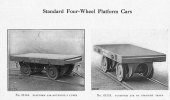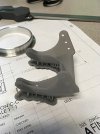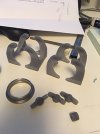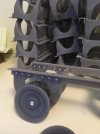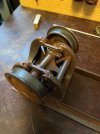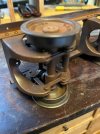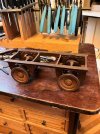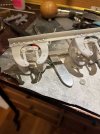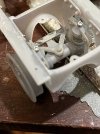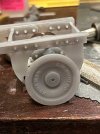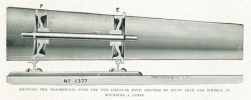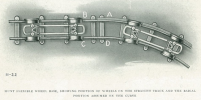Marty Johnston
Member
Hi All, Michael Mott introduced me to this site and I have been lurking here for a few weeks. I thought that it was about time to share some work. For the past few years, I have been researching the C W Hunt Co. industrial railway system. The Hunt industrial railways were designed to roll freely around a 12’ radius for use in the tight confines of an industrial setting. With outside flanged wheels and flexible running gear, Hunt rolling stock is a bit quirky and just the sort of thing that I find intriguing.
There are some Hunt catalogs posted on my website at
http://www.narrowgaugechaos.com
Narrow Gauge Chaos - RPC - C W Hunt
It took awhile but I now have functional running rear in both 1/8th and 1 / 13.714 scales. What follows are photos of the prototype and my models as they evolve.
There are some Hunt catalogs posted on my website at
http://www.narrowgaugechaos.com
Narrow Gauge Chaos - RPC - C W Hunt
It took awhile but I now have functional running rear in both 1/8th and 1 / 13.714 scales. What follows are photos of the prototype and my models as they evolve.

